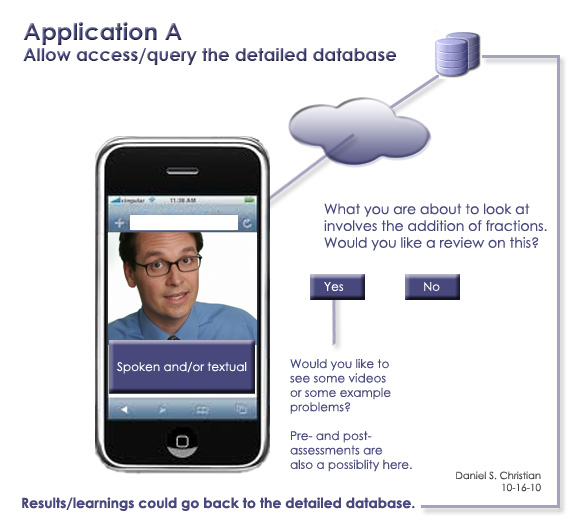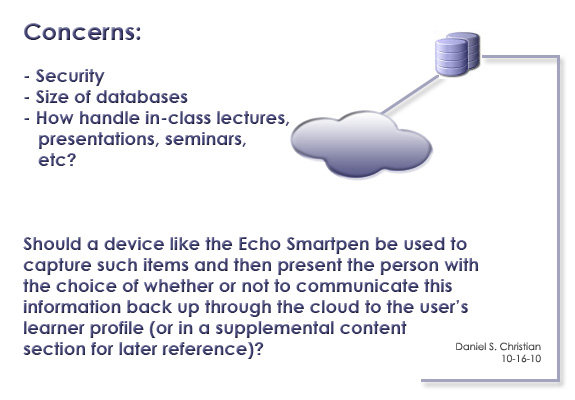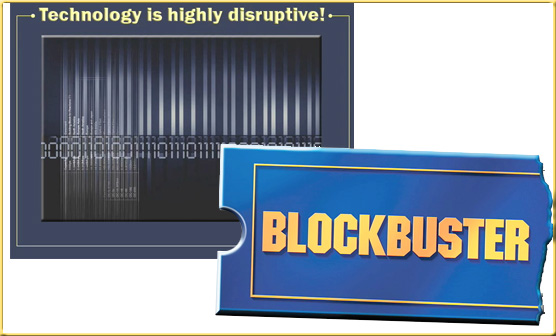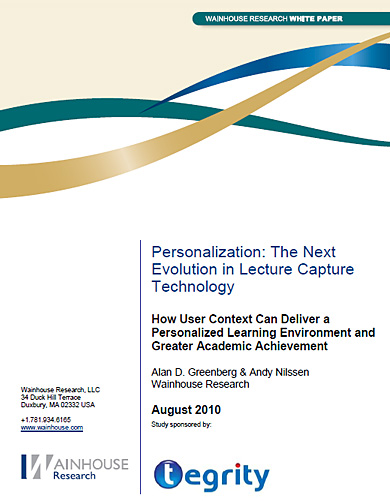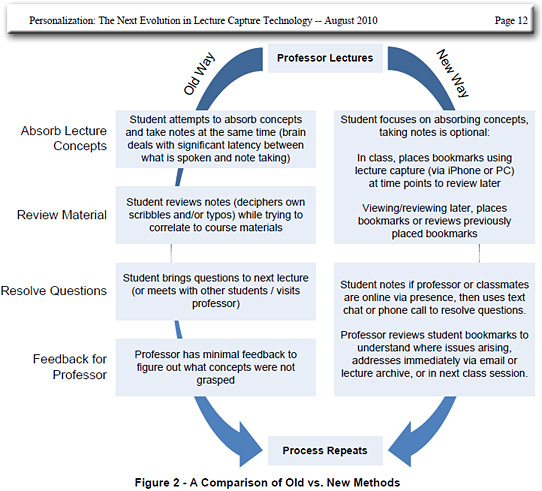The University of Texas System makes bold move into competency-based education — from utsystem.edu
Excerpt:
AUSTIN – The University of Texas System will be the first in the nation to launch a personalized, competency-based education program system-wide aimed at learners from high school through post-graduate studies.
What sets the UT System approach apart from other competency-based programs is a focus on offering personalized and adaptive degrees and certificates that are industry-aligned and – via technology developed by the UT System – can systematically improve success, access and completion rates in areas of high employment demand.
“Competency-based programs allow students to advance through courses, certifications and degrees based on their ability to master knowledge and skills rather than time spent in a classroom,” said Chancellor Francisco G. Cigarroa, M.D. “All students are held to clearly defined and rigorous expectations, but each follows a customized path to success that responds and adapts based on individual learning strengths, challenges and goals. And students can earn credit for prior learning and move at their own speed.”
…
To support and power its new competency-based educational pathway, the UT System is working with education technology innovators to create a state-of-the-art, “mobile-first” stack of technologies and services called TEx, which stands for Total Educational Experience.
.
From DSC:
First of all, I noted an interesting — and much needed within higher ed — title/position: The chief innovation officer for the Institute of Transformational Learning.
Let’s break that one down a second.
In 20102, The University of Texas’ Board of Regents had a vision that learning needs to be transformed and they created an institute for it — supplying $50 million to support some key mandates:
- To make a University of Texas-quality education more accessible and affordable.
- To improve student learning outcomes and dramatically increase the number of Texans with a college degree and other advanced educational credentials.
So not only did this board show vision, but also boldness — they put their $$ where they mouth was to support their vision. Innovation was key to this institute, so they created a CIO position, whereby the I stood for Innovation, not Information.
Surely, the level of willingness to experiment in the U of Texas system runs higher than at many other institutions of higher education. So I congratulate them on their culture to be willing to experiment…to adapt…to change. If successful, such programs should help more people obtain the degrees they need to make a living, make a life, make a contribution.*
* A great slogan from Davenport University
Also see:
- Need-to-Know-News: GradSkills Program, Competency-Based Education Gets its Own LMS, & College Rankings — from onlinelearninginsights.wordpress.com by Debbie Morrison
Excerpt:
LMS for Competency Based Education
Readers may not be too interested in reading about Learning Management System news; often LMSs are considered a necessary evil to faculty and teachers of education institutions. However, news last week shared by Phil Hill over at e-literate is worthy of attention—the launch of a LMS platform geared to competency based education (CBE) programs. The new LMS launched by Helix has a different approach than traditional LMS providers. It’s not catering to an institution, but to a method of teaching and learning—CBE. Interesting.
Insight: There is, and continues to be an emphasis and support ($$$) for creation of CBE programs by the Department of Education (Fain, 2014). This new LMS approach by Helix is another indicator. I predict that we’ll be hearing a lot more about CBE in the next few months with more institutions offering CBE options for students. Why it’s significant, is because CBE is a radical departure from traditional education; it does not rely upon the credit-hour or ‘seat time’ as its often referred to, but upon mastery of units of instruction.
Several institutions are already basing their model on CBE, College for America, an offshoot of Southern New Hampshire University and Capella University for instance. Purdue University is planning on offering a competency-based degree in the near future. Other universities that incorporate CBE principles—Western Governors University and Kentucky Community and Technical College System for its 2-year degree program.
- Helix: View of a LMS designed for competency-based education, Phil Hill, e-literate
- Competency-Based learning or Personalized Learning, The Department of Education
- Daniels awards prize for competency-based degree to Purdue Polytechnic Institute, Purdue University
- Experimenting with Aid, Paul Fain, Inside Higher Ed









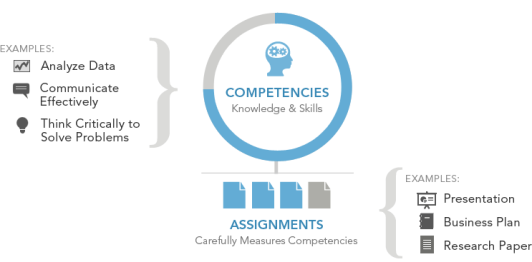

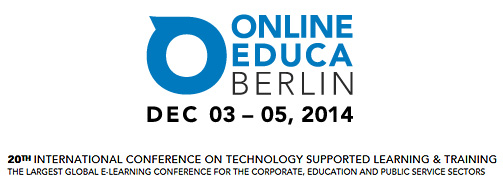


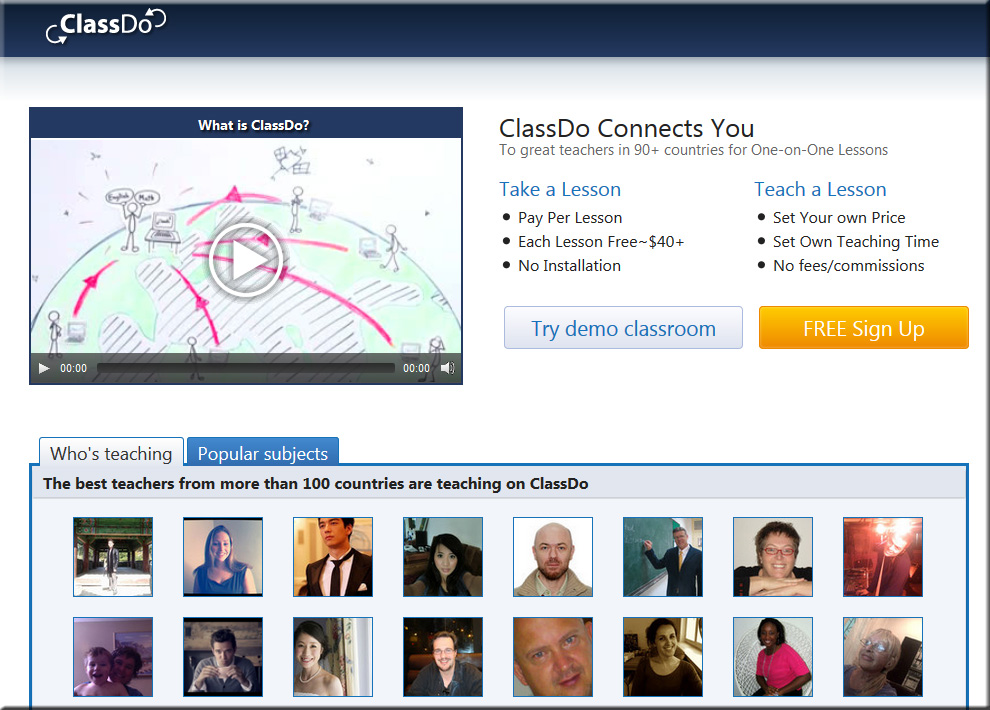
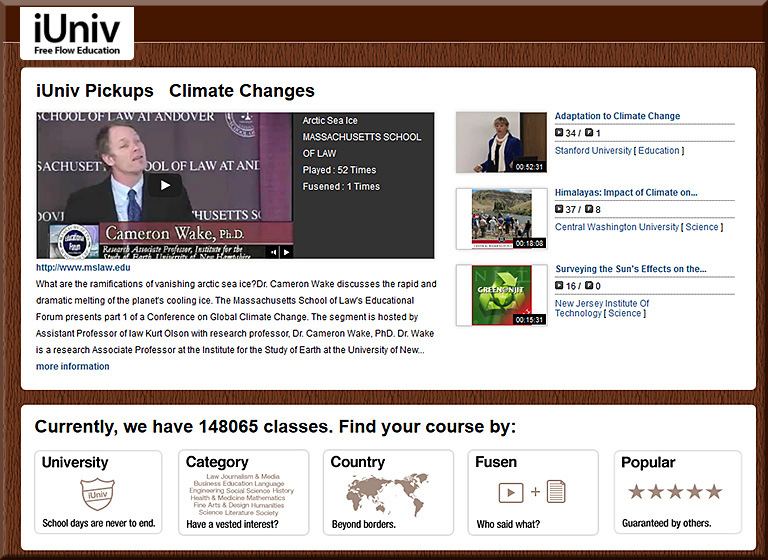

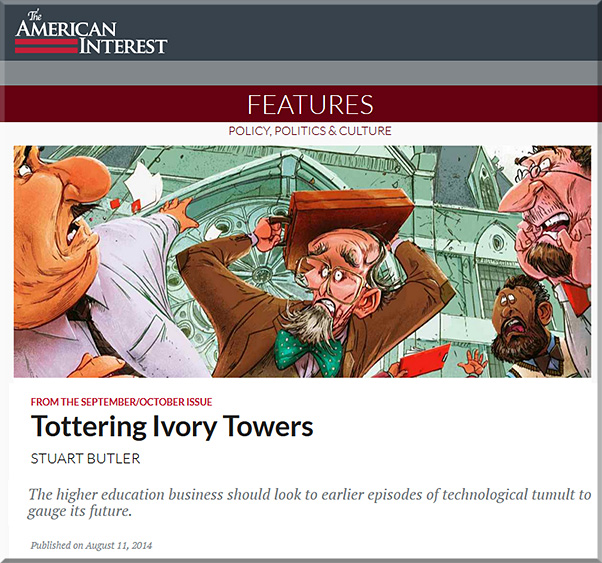
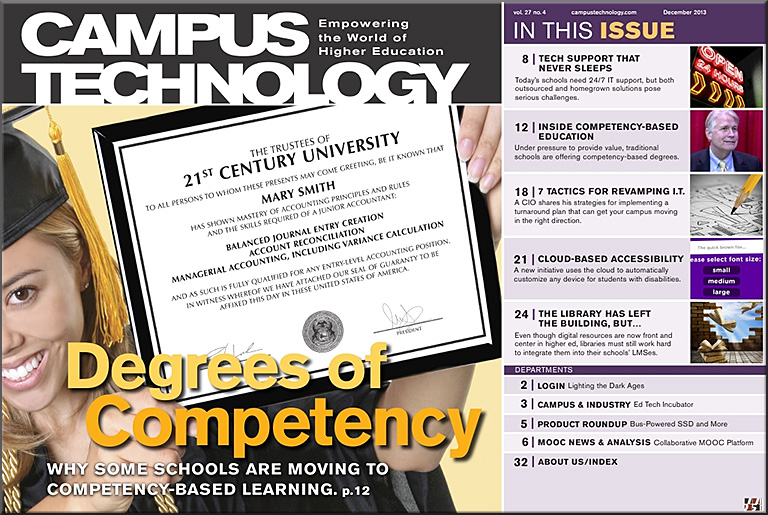






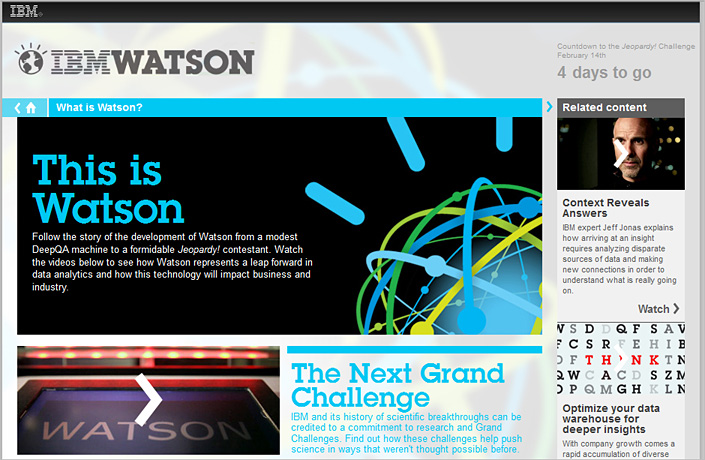
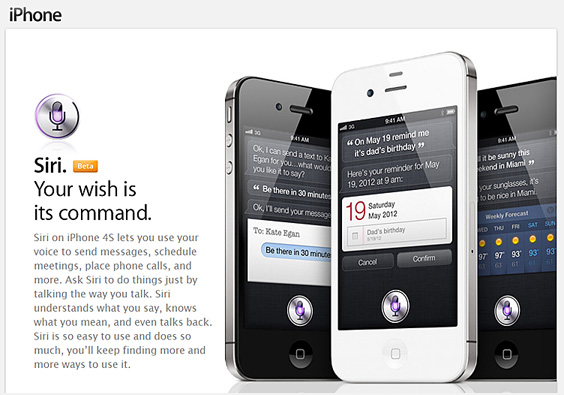
![The-Living-Class-Room-Daniel-S-Christian---July-2012 The Living [Class] Room -- by Daniel Christian -- July 2012 -- a second device used in conjunction with a Smart/Connected TV](http://danielschristian.com/learning-ecosystems/wp-content/uploads/2012/07/The-Living-Class-Room-Daniel-S-Christian-July-2012.jpg)

